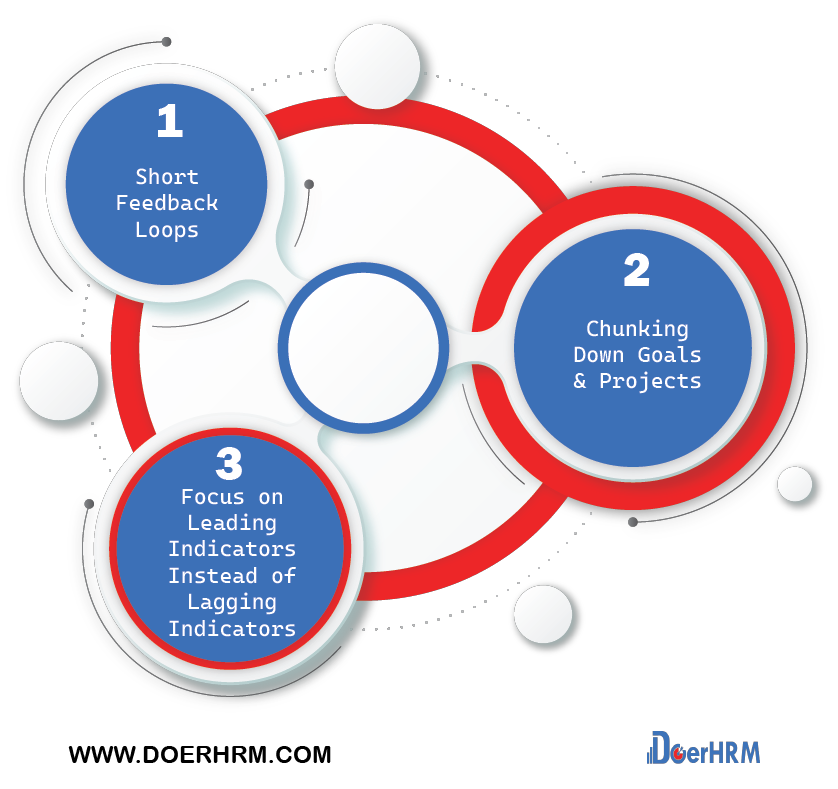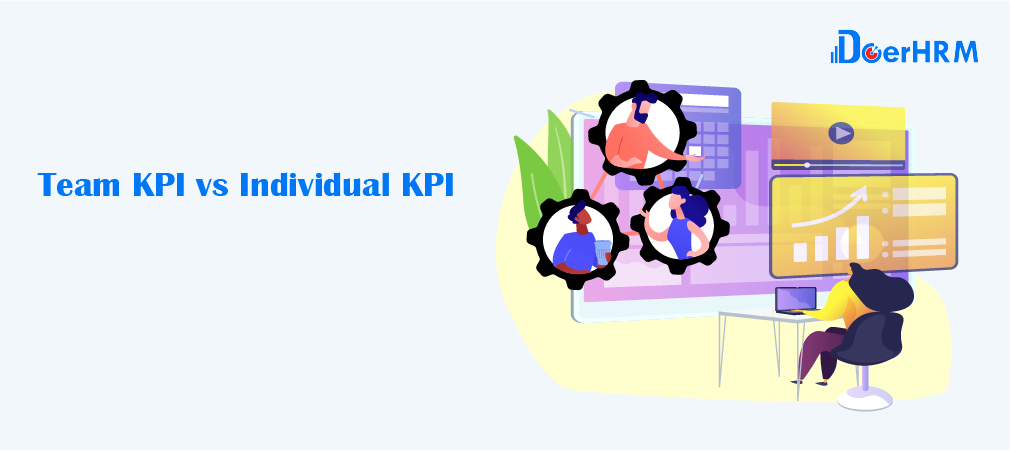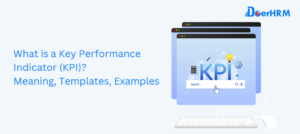There are many different forms of key performance indicators (KPIs), but which is better: team KPIs or individual KPIs? The answer, like with most things in life, is that it depends. Team KPIs are a way of determining how well a group as a whole is performing. Anything from customer satisfaction to project completion rates might be included.
Individual KPIs, on the other hand, monitor each team member’s performance. Some think that team KPIs are more relevant because they reflect the entire performance of the group. Individual KPIs, according to some, are more important because they provide more particular and actionable insights into each employee’s contribution to the firm. Keep reading to find out whether team KPIs or Individual KPIs suit you the most.
What Is A Team KPI
Team KPIs are a way of determining how well the team is performing. Anything from customer satisfaction to project completion rates might be included. Individual KPIs, on the other hand, monitor each team member’s performance. Some think that team KPIs are more relevant because they reflect the entire performance of the group. Individual KPIs, according to some, are more important because they provide more particular and actionable insights into each employee’s contribution to the firm.
How To Determine A Team KPI
Determining the KPIs of effective team management will not only allow you to figure out how close you are to achieving desired objectives, but it will also help you clearly define the steps you need to take to increase your employees’ satisfaction and engagement.
Even though your team may not be producing desired results at the moment, investing in them will give you a strong foundation for future successes.
Just keep in mind that humans are ever-changing and ever-evolving, and you may need to make some adaptations. Be patient and persistent, and your team will repay your trust tenfold.
What Is An Individual KPI
Individual KPIs, on the other hand, monitor each team member’s performance. Some think that team KPIs are more relevant because team KPIs reflect the entire performance of the group. Individual KPIs, according to some, are more important because they provide more particular and actionable insights into each employee’s contribution to the firm.
Individual KPIs are often used in conjunction with team KPIs. These individual metrics can provide contextual information about an employee’s contributions to the team. For example, a project manager may want to know how many projects a certain designer has completed as well as how many projects this designer has contributed to for a better overall understanding of their performance on the team.
On the other hand, team KPIs provide a broader and more general overview of an organization’s progress over time. Team-based metrics can be used by managers or teams looking for insights from their specific departments or roles in order to make decisions about how best to proceed with their work.
How To Determine An Individual KPI

“What gets measured gets done” is a common management saying. If you set a goal around the desired outcome, the chances of that outcome occurring are much higher, simply because you have committed to managing and measuring your progress toward it.
When you set goals and KPIs with individual team members, make sure that they align with your team’s overall strategy – which, in turn, aligns with the overall strategy of your organization.
Defining an employee’s goal with an organizational KPI ensures that their daily activities are well aligned with the goals of the organization. This is the critical link between employee performance and organizational success. To determine an individual KPI, you should keep these 3 things in mind:
1. Short Feedback Loops
Now, an individual key performance indicator is not going to be very useful if the person who is trying to hit it doesn’t have a way to know whether or not they’re on course or off course to hit that number. This is why it’s important to identify and use key performance indicators that have a short feedback loop, which means that the employee is regularly getting feedback on whether they’re moving farther away from or closer to hitting their key performance indicator.
2. Chunking Down Goals & Projects
One of the ways that we can create a shorter feedback loop is to do something called chunking down. A benefit of chunking down from the large goal or project to the individual, is that you realize the value that each individual is contributing to the overall goal. In other words, you see how the parts make up the whole. And, it allows you to determine whether or not you have sufficient resources to reach your goals on time and with the level of quality that you desire.
3. Focus on Leading Indicators Instead of Lagging Indicators
Lagging indicators tell you what happened in the past. Often, a lagging indicator reports an outcome (i.e. “Our revenue was $253,000 last month.”) We can’t do much with lagging indicators except plan for how we’re going to do better next time.
Leading indicators tell you whether or not you’re on track to hit your targets. They are performance indicators (i.e. “Our lead generation campaign is generating 12 leads a day, which is 3 leads above the target required to hit our revenue goals given our historical conversion rates.”)
With leading indicators, we can modify our behavior before we realize we’ve hit or missed our target. Think of it like a compass that tells you whether or not you’re on-course or off-course to reach your destination. And, when each of your people has their own compass, it becomes far easier for them to remain focused and stay on course to hit the targets you’ve set.
Individual KPI vs Team KPI: Which KPI Matters More
There are many different forms of key performance indicators (KPIs), but which is better: team KPIs or individual KPIs? The answer, like with most things in life, is that it depends. Team KPIs are a way of determining how well a group as a whole is performing. Anything from customer satisfaction to project completion rates might be included. Individual KPIs, on the other hand, monitor each team member’s performance.
Some think that team KPIs are more relevant because they reflect the entire performance of the group. Individual KPIs, according to some are more important because they provide more particular and actionable insights into each employee’s contribution to the firm.
It may be hard to tell whether team KPIs or Individual KPIs are more effective. One way to test this is to see if the team members have a sense of ownership and responsibility. If they do, then team KPIs should be set for the team as a whole.
As an alternative, if team members feel that they are not in charge, then it might be better to set individual KPIs for each person so that they can plan on how they will achieve their goals.
It’s important for managers to understand that the KPIs should reflect reality, should be careful not to restrict freedom, and should avoid rigidity and static behaviors. Finding the best KPI for your environment requires a high level of understanding of the situation, empathy, and patience. The Golden Rule is you should find your teams’/employees’ weaknesses and set up KPIs that will promote agile principles. Using KPIs at multiple levels is a good option too.






